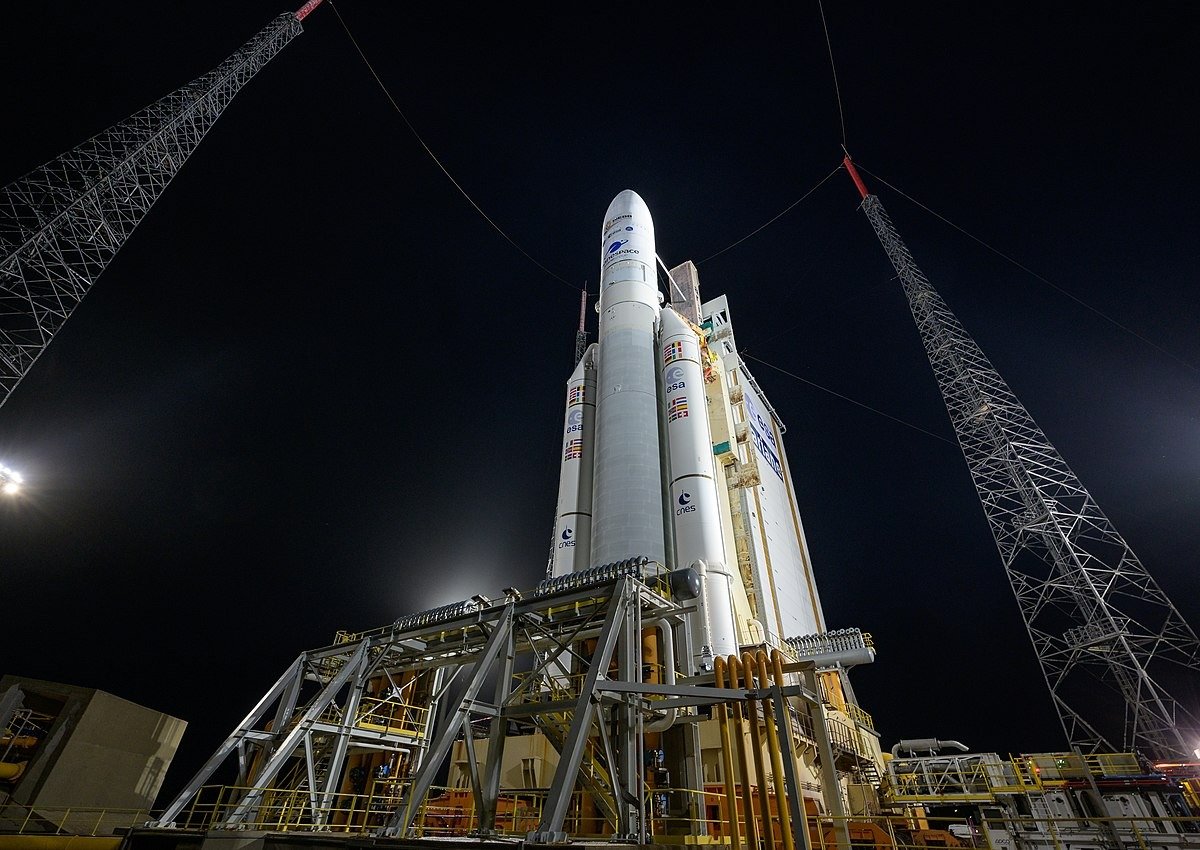A British aerospace company is working on a fusion rocket that it says will allow astronauts to visit Mars and other distant worlds more quickly and explore places now inaccessible to humans.
The challenge: Prolonged exposure to cosmic radiation and microgravity can cause serious health problems for astronauts. NASA must therefore plan its future missions to Mars to last no more than four years, ensuring that astronauts return home in excellent health.
%20(1)%20(1).jpg)
However, using current rocket propulsion technology, it will take seven months to send astronauts to Mars. About a third of an astronaut’s mission to Mars will be spent in transit, when the time back to Earth is taken into account.
“We could send people to see Jupiter’s moons or Saturn’s rings with a fusion rocket.” ADAM BAKER
The idea: Pulsar Fusion, the UK-based aerospace company, believes it can halve the time it takes to reach Mars using nuclear fusion, the same engine that powers the Sun.
“Humanity has a great need for faster propulsion in our growing space economy, and fusion offers 1,000 times the power of conventional ion thrusters currently used in orbit,” said Richard Dinan, our CEO.

The process of fusing two atoms is called fusion. Because nuclear fusion generates so much energy without emitting harmful emissions, it has long been considered the Holy Grail of renewable energy research.
Many groups have managed to briefly initiate fusion reactions by confining extremely hot plasma in electromagnetic fields. The challenge now is figuring out how to maintain them.
“Scientists have been unable to control the turbulent plasma as it heats up hundreds of millions of degrees and the reaction simply stops,” said James Lambert, chief financial officer of Pulsar Fusion.
Fusion rocket: Using atomic reaction to create escape velocity, Pulsar Fusion plans to develop a fusion rocket that will propel the spacecraft to 500,000 mph; The fastest manned rocket to date flew at 24,791 mph.
It may be easier to maintain a fusion reaction in the ultracold vacuum of space than on Earth, although this is a very ambitious goal. The time it takes to transport humans and autonomous vehicles across the solar system could be significantly reduced if Pulsar is successful.

According to Pulsar propulsion engineer Adam Baker, “[a] fusion rocket could allow us to send people to Mars and bring them back in weeks, not months or years.” It could make it possible to send humans on round trips to the outer planets of our solar system to see Saturn’s rings and Jupiter’s moons.
Thinking Ahead As part of a recent partnership, Princeton Satellite Systems (PSS), a pioneer in aerospace research and development, will use artificial intelligence to simulate the behavior of heated plasma in fusion rocket engines. Additionally, he said construction has begun on a facility in the United Kingdom that would house an eight-meter fusion reaction chamber.
It aims to begin firing this chamber in 2025 and reach fusion temperatures in 2027. To demonstrate that fusion rockets can power the next era of space travel, the next step would be to conduct a test firing in orbit.
According to Dinan, TechCrunch, “We know of no other technology that could allow us to leave our solar system in a human lifetime.”





